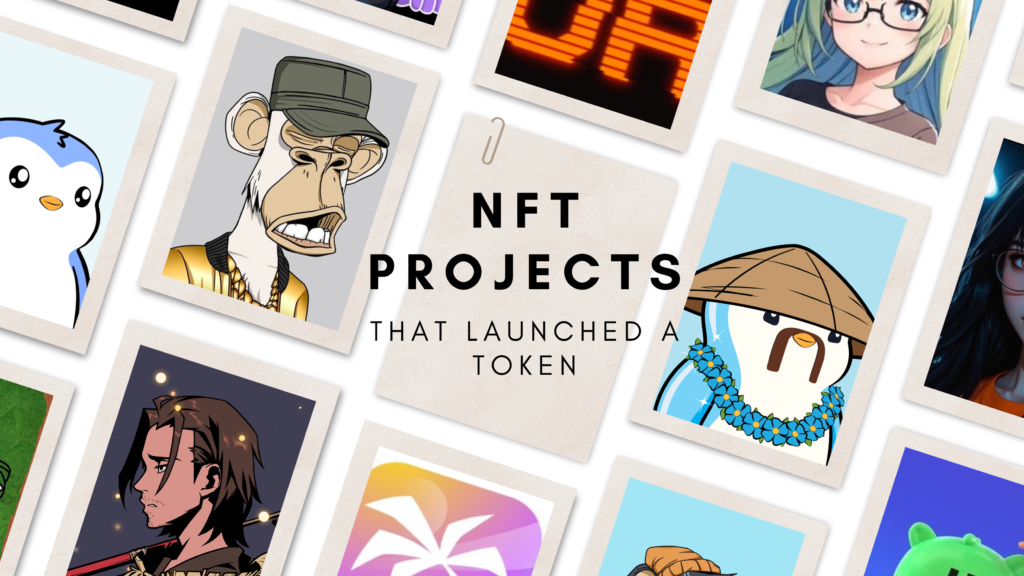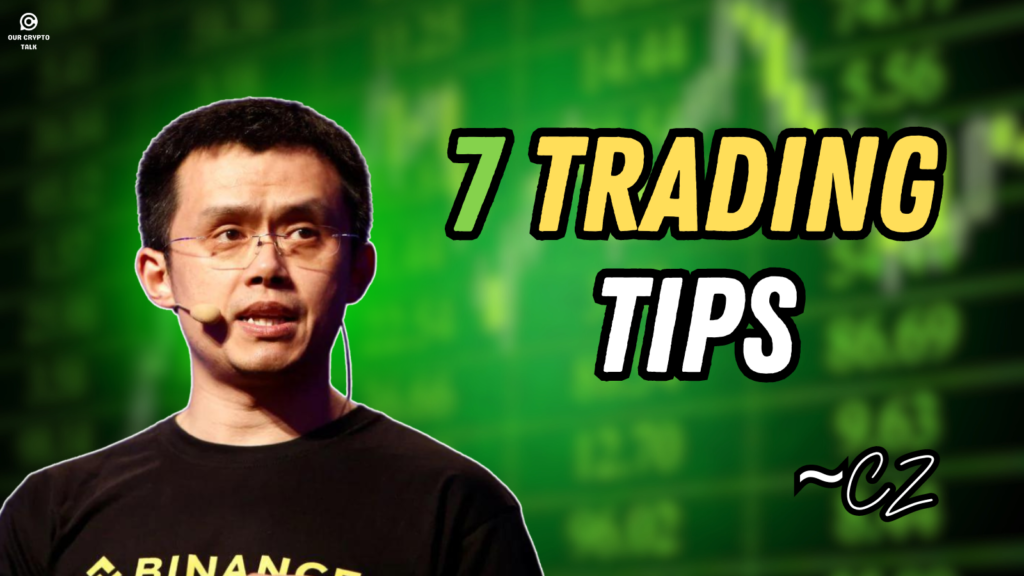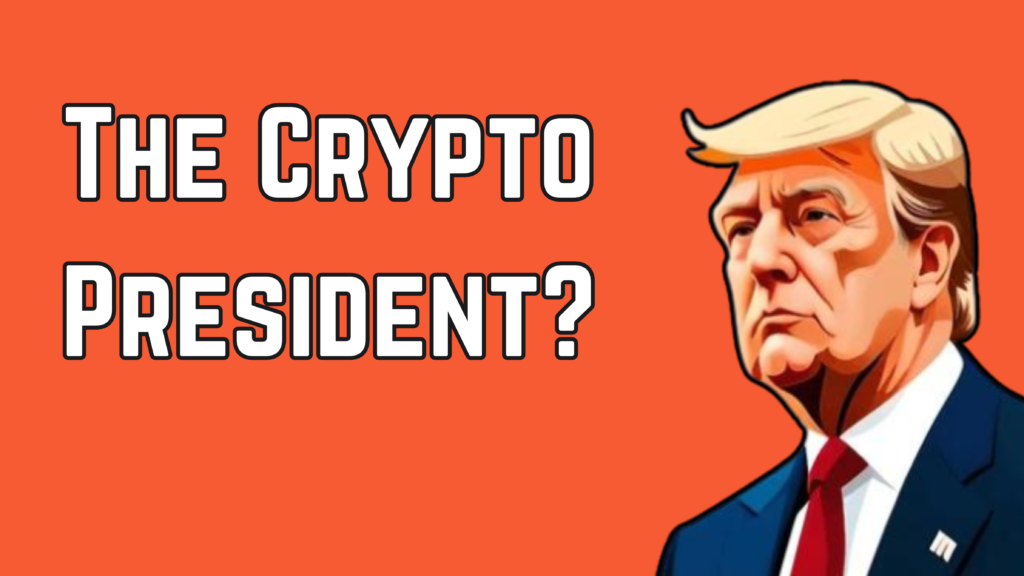The Evolution of NFT Projects and Tokenization
NFTs have rapidly evolved from simple digital collectibles to a core component of Web3 ecosystems. Initially, NFT collections like CryptoPunks, Bored Ape Yacht Club (BAYC), and Azuki gained traction due to their exclusivity, community access, and unique digital ownership model. By 2021, NFTs had generated over $23 billion in trading volume, with platforms like OpenSea, Blur, and LooksRare becoming hubs for NFT activity.
However, as the market matured, many NFT projects sought to expand beyond static collectibles. The rise of decentralized finance (DeFi), metaverse applications, and governance mechanisms prompted NFT creators to launch native tokens. These tokens served multiple purposes—governance, staking rewards, ecosystem development, and even integration into gaming and metaverse projects.
The trend of NFT projects launching tokens represents a shift toward more interactive, utility-driven ecosystems rather than mere digital collectibles. Below, we explore key projects that introduced tokens and analyze their impact on the broader crypto space.
NFT Projects That Have Launched A Token
Several high-profile NFT collections have successfully introduced native tokens to enhance their ecosystems. Here are some of the most notable ones:
1. Bored Ape Yacht Club ($APE)
- Purpose: Governance, staking rewards, and metaverse integration
- Launch Year: 2022
- Initial Market Cap: $2 billion
- Token Utility: Used in the ApeCoin DAO, staking rewards, and metaverse projects like Otherside.
2. Azuki ($ANIME)
- Purpose: Governance and expanding the Azuki anime-based ecosystem
- Launch Year: 2025
- Initial Market Cap: $1.2 billion
- Token Utility: Allows NFT holders to participate in the AnimeCoin ecosystem and governance decisions
3. Pudgy Penguins ( $PENGU )
- Purpose: Community rewards and ecosystem expansion
- Launch Year: 2024
- Initial Market Cap: $1.6 billion
- Token Utility: Gaming, staking, and social engagement
4. Nifty Island ($ISLAND)
- Purpose: Rewarding community engagement in NFT-based gaming
- Launch Year: 2024
- Initial Market Cap: $10 million
- Token Utility: Acts as in-game currency for Nifty Island, allowing purchases, governance participation, and asset staking
5. Blur ($BLUR)
- Purpose: Decentralized governance for the NFT marketplace
- Launch Year: 2023
- Initial Market Cap: $500 million
- Token Utility: Provides staking rewards, liquidity incentives, and governance power on Blur’s NFT marketplace
Deep Dive: Three Major NFT Token Launches
To better understand the significance of NFT projects launching tokens, let’s take a closer look at three of the most influential launches.
1. Bored Ape Yacht Club ($APE)
Reason for Launch
BAYC, created by Yuga Labs, introduced ApeCoin ($APE) to expand beyond NFTs and integrate into metaverse and gaming. The token was designed to fund new projects, provide staking rewards, and support decentralized governance.
Launch Strategy
ApeCoin was airdropped to BAYC and Mutant Ape Yacht Club (MAYC) holders, with Yuga Labs reserving a portion for DAO governance and ecosystem development.
Market Reception
Upon launch, ApeCoin surged 90%, reaching a market cap of $2 billion. The token later stabilized, finding use in Otherside, a metaverse project by Yuga Labs. Despite fluctuations, $APE remains a key Web3 governance token.
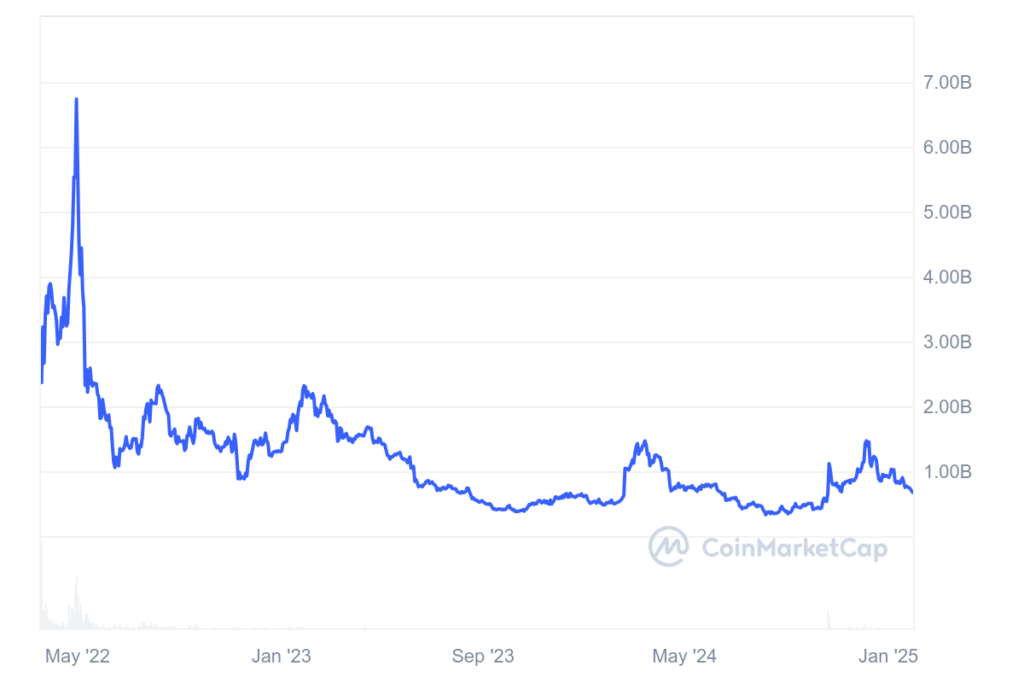
2. Azuki ($ANIME)
Reason for Launch
Azuki introduced AnimeCoin ($ANIME) to enhance its decentralized anime universe. The token aims to bridge the gap between Web3, anime creators, and collectors.
Launch Strategy
Azuki holders received an airdropped allocation, with a portion reserved for community cultivation, institutional partnerships, and ecosystem grants.
Market Reception
Upon launch, ANIME debuted at $1.2 billion FDV, but faced server crashes due to high demand. Despite early hiccups, the token strengthened Azuki’s influence in Web3 anime culture.
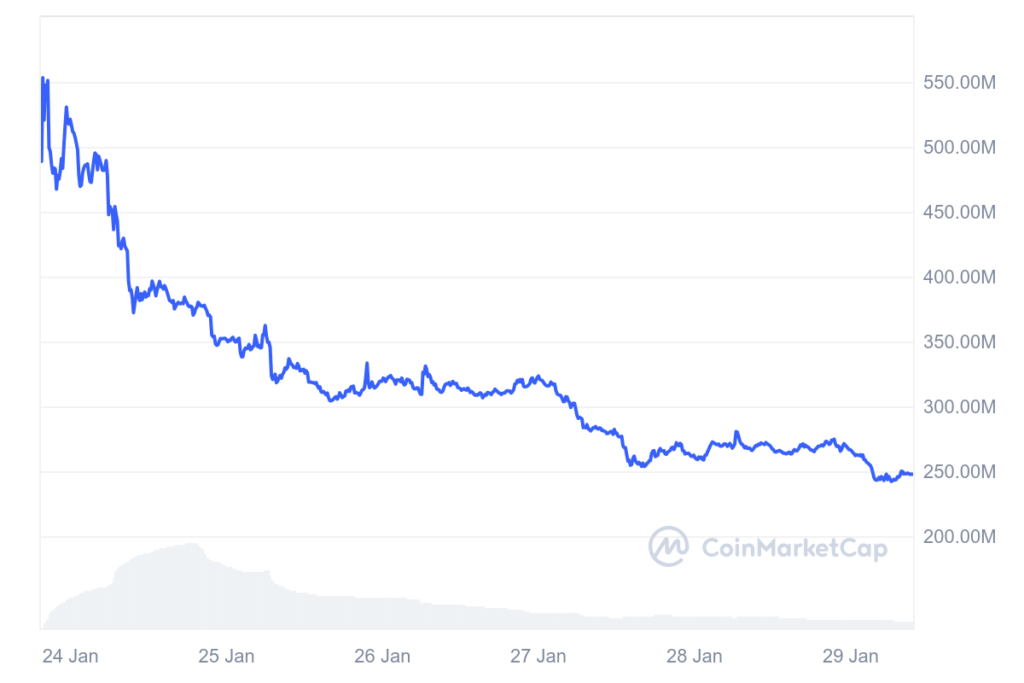
3. Blur ($BLUR)
Reason for Launch
Blur, an NFT marketplace, introduced $BLUR to compete with OpenSea by offering decentralized governance and financial incentives for traders.
Launch Strategy
$BLUR was airdropped to early adopters who actively traded NFTs on the Blur marketplace. The token also provided rewards for liquidity providers.
Market Reception
The token launched with strong demand, securing a $500 million valuation. It played a crucial role in Blur overtaking OpenSea in NFT trading volume, though price volatility remains a challenge.

Why Are NFT Projects Launching Tokens?
The introduction of native tokens allows NFT projects to:
✅ Expand Utility – Tokens allow NFT projects to integrate into DeFi, gaming, and metaverse applications.
✅ Enhance Community Incentives – Holders can earn staking rewards, participate in governance, and receive exclusive perks.
✅ Attract Institutional Interest – Major funds are more likely to invest in tokenized ecosystems than standalone NFT collections.
✅ Create Sustainable Growth – Tokens provide a long-term revenue model beyond NFT sales.
The Future of NFT-Backed Token Projects
NFT-backed tokens are likely to play an increasingly important role in Web3. As regulatory clarity improves, NFT projects will continue integrating DeFi mechanisms, gaming economies, and real-world assets.
Future trends include:
- More gaming-focused NFT tokens
- Tokenized fractional ownership of high-value NFTs
- NFT-backed stablecoins for digital asset lending
While NFT tokens face volatility and regulatory hurdles, their ability to bridge community-driven engagement with financial innovation makes them a promising aspect of the evolving crypto space.
Conclusion
NFT projects launching tokens marks a transformative shift in the digital asset landscape. As NFTs evolve beyond collectibles, native tokens allow projects to unlock new utilities, expand ecosystems, and attract mainstream adoption.
With Bored Ape Yacht Club, Azuki, and Blur leading the way, more NFT collections are expected to embrace tokenization. Whether for governance, gaming, or metaverse applications, NFT tokens are reshaping the future of Web3.

